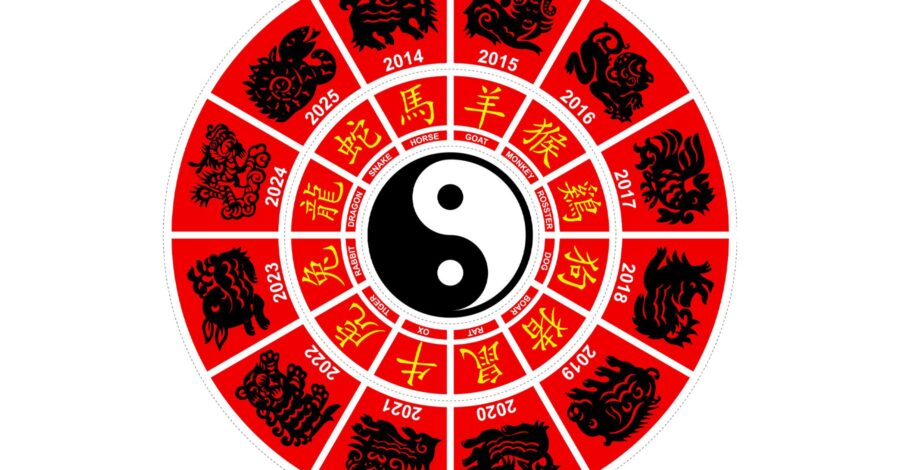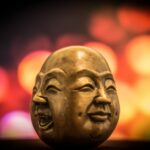
Chinese Lunar Calendar: A Trip Through Time
The origins of marking and tracking time in ancient China dates back over 4,000 years. The Chinese Lunar calendar was conceived through ancient observation and exploration of the relationship between the sun, moon, stars, earth, and humans in this vast universe. It is also called the Lunisolar calendar, Yin calendar, Xia calendar or the old Chinese calendar, and is the second most well-known calendar in the world.
According to the Chinese Lunar calendar, the current year, as of February 12, 2021, is 4719. The official calendar of China is the Gregorian calendar. The Lunar calendar is largely used for celebrations and more traditional events.
During the Shang Dynasty, four solar terms evolved within the Lunar calendar—Spring Equinox, Summer Solstice, Fall Equinox and Winter Solstice—by observing the shadow at midday. By 104 BC, 24 solar terms emerged during the earth’s annual orbit around the sun. They relate to the sun’s position and mark important dates connecting seasons, climate and agriculture.
Between each of the solstices and equinoxes lies the beginning of Winter, Spring, Summer, and Fall. Sunday, November 7, is the start of Winter and the halfway point between the Fall Equinox and the Winter Solstice. This gives us an opportunity to connect to both ancient wisdom and Universal energy, and bring that connection within. The Lunar calendar can be used together with Qigong practice to embrace healing, balance and harmony.
Use this wisdom to connect with the invisible power of Nature. Lighten up on your foods, find peaceful moments in each day, and stand in the powerful posture The Dragon Stands Between Heaven and Earth.









